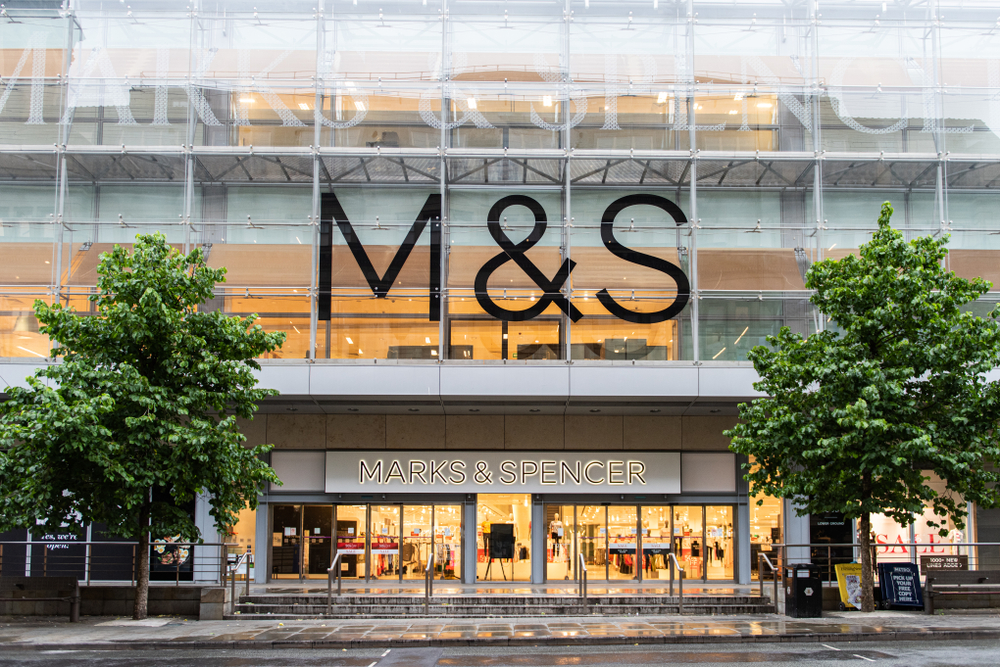Blockchain is a new paradigm for retailers, and while it is a linear development from the ecommerce stream, it also offers a radical reshaping of our relationship to customers and suppliers. In preparation for his White Paper on Blockchain next year, Ian Jindal limbers up with the ABC..
Blockchain is the phrase du jour in digital circles, although most people associate it with the cryptocurrency ‘BitCoin’. Blockchain is not a technology, but rather an approach. Blockchain as a ledger or a set of record books in which units of information (blocks) are linked together via ledger entries (the ‘chain’).
In a traditional ledger like a banking record, the ledger is a single, managed record where the bank’s authority determines what’s correct. Blockchain, conversely, makes every participant in the ledger system responsible for recording each transaction. This means that in case of any discrepancy untold thousands of peer-to-peer record keepers spot the mistake and re-create a pristine, agreed ledger.
Blockchain’s birth in 2008 is linked to the maturing capabilities of the interoperating Web, sometimes called Web2.0, whose characteristics include the access to data and the ability to process and present the increased information. Blockchain is built on that new, distributed capability – but with a radical twist.
What then is the ABC of Blockchain?
A is for APIs (Application Programming Interfaces). Put simply, this is ‘politeness for computers’. If I ask you nicely for information, and I have the rights to access that data, you will give it to me in an agreed format. This is what allows Citymapper or The Trainline to tell you the best train times for a journey – the Government made public information, including train timetables, available to commercial bodies in real time, to bake into their mapping, travel and commercial applications.
B is for Big Data. By ‘big’ I mean ‘ginormous’. Hand in hand with the API we want an increased scope of data. Staying with train travel, data from mobile phones and customer feedback can tell me which carriage of a given train has most seats available. Data from buses and SatNav devices can link with data from the Highways Agency to give me improved journey time. With smart cities, smart devices and smart customers combined, there will be even more data to use.
C is for Computation. All of this data would be for naught if we didn’t all hold supercomputers in our hands and mega computers in the cloud… all linked by high, always-on bandwidth.
So, the A, B and C all seem like the direction of travel we’re used to: more, better, faster…
However, Blockchain has two more letters…
D is for Decentralised. No longer is there a single power or authority figure, but rather it is the combined view of the network that is the ‘truth’. In a blockchain world you might not need a bank to ‘promise to pay the bearer on demand’, since the transactions are verified by the whole population. In the field of customer feedback it won’t be just one software supplier or a minority who choose to give feedback, but rather an opening up of fact about delivery time, returns, satisfaction levels, refunds and repurchase. The combined factual, recorded experiences, validated by the customers themselves. This decentralisation and democracy will mean that empty authority falls away and reputation based on behaviour will hold sway.
E is for Ethics. This isn’t to assert that one form of behaviour is objectively better than another, but simply to observe that transparency will render our actions subject to ethical review. We’ll know with certainty the provenance of meat; the fertiliser used on vegetables; whether the Fair Trade premium actually made its way to benefit the intended farmers. No more notes sewn into clothing to cry for wages, since we’ll know in advance whether the standards were met. In marketing, we’ll see which clicks on paid ads are falsified or bots… all transactions will be verifiable. Retailers may use data, insight and participation in blockchain-enabled retail to cement their place within a savvy, capable society. Customers will have access to full disclosure, and those retailers who thrive under this scrutiny can indeed be said truly to have created a brand.
Over the coming months we’ll be focusing more on the first tangible signs of blockchain in retail, and charting adoption and adaptation in our sector. If you’d like to chat with Ian or contribute to the research please contact him – ian@internetretailing.net.




